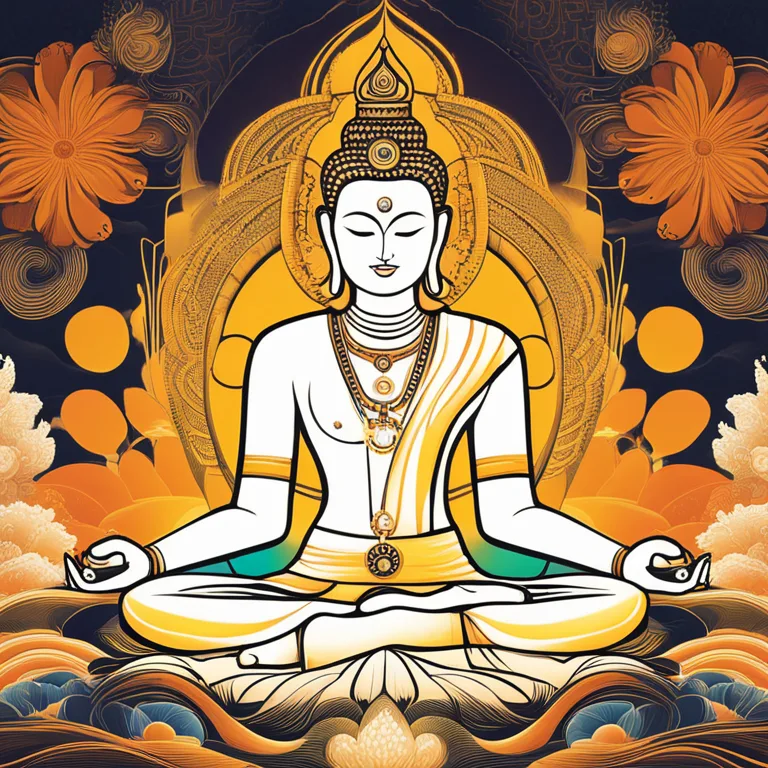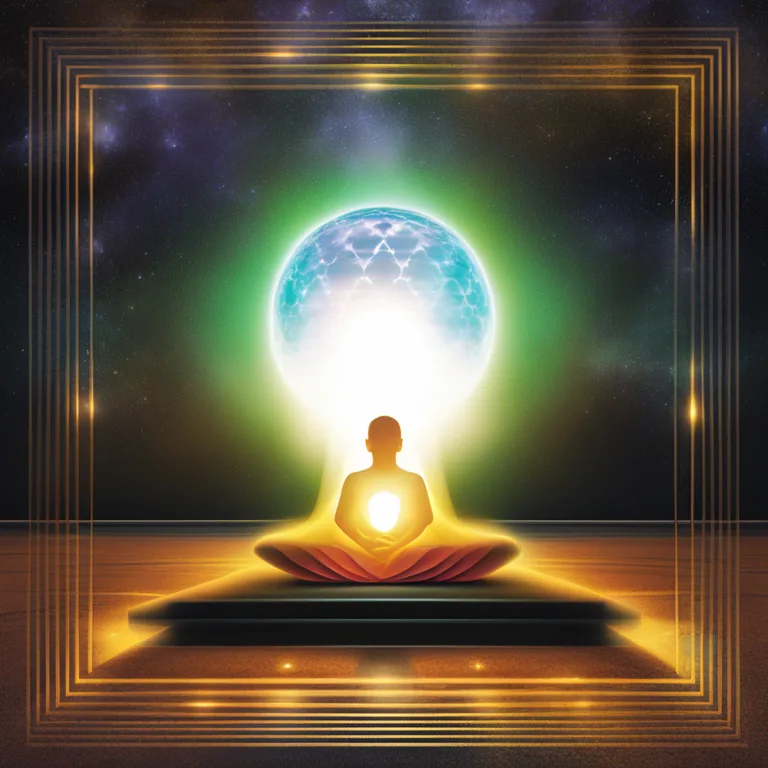
Ki Meditation Techniques for Wellness
Discover the powerful Ki meditation techniques to enhance mindfulness and inner balance in your daily routine.
article by Hina Kurosawa
Ki meditation is a form of practice deeply rooted in Eastern philosophies and martial arts, focusing on the cultivation and balance of life energy known as "Ki." Drawing upon principles observed in disciplines such as Qi Gong, Tai Chi, and Aikido, Ki meditation is a pathway to harmony between the mind, body, and spirit. The practice encourages the flow of energy throughout the body, promoting relaxation, health, and an overall sense of well-being, which is essential in our fast-paced modern lives.

The journey into Ki meditation begins with preparation—creating an environment conducive to practice. Choose a quiet, clean space with minimal distractions. Traditional settings may include elements like gentle music or nature sounds to aid concentration. Ground yourself by sitting comfortably, either on a cushion or a chair, with your back straight to encourage the flow of Ki. Relax your body, close your eyes gently, and take a few deep breaths to center your focus inward before commencing your meditation.

Breathing is at the core of Ki meditation, serving as the bridge between mind and body. Begin with deep abdominal breathing—inhaling slowly through the nose, allowing the diaphragm to expand fully, and exhaling through the mouth, releasing all tension. This deep breathing technique not only calms the nervous system but also maximizes the circulation of Ki. With each breath, envision your body as a vessel, filling with healing and revitalizing energy.

Mental engagement is crucial in harnessing the power of Ki. Visualization plays a significant role in this step. As you breathe deeply, imagine a bright, glowing orb of energy within your center, growing in intensity and warmth with every breath. This visualization magnifies your body's sense of Ki and can be directed to areas that may need healing or strength, promoting a meditative state of heightened awareness and connection to your inner self.

Ki meditation often incorporates gentle movements to further facilitate the flow of energy. Techniques such as slow, deliberate hand gestures or sequences akin to Tai Chi can be synchronized with breathing to enhance the meditative experience. These movements are designed to physically manifest the flow of Ki, allowing practitioners to embody the balance and grace that Ki meditation seeks to achieve.
As with any meditative discipline, consistency is key to reaping the full benefits of Ki meditation. Integrating a regular practice into your daily routine fosters a deeper connection to the energy within and around you. Whether you dedicate ten minutes or an hour, the cumulative effect of practicing Ki meditation can lead to significant improvements in your mental clarity, emotional resilience, and physical vitality.
Ki meditation is a transformative practice, enriched by its reverence for the life force it seeks to cultivate and balance. By engaging in this ancient technique, individuals can attain a greater sense of peace and presence, navigating life's challenges with equanimity and a clear mind. As society moves forward, the timeless wisdom ingrained in Ki meditation remains a beacon for holistic health and spiritual fulfillment.
Published: 12/20/2023
Modified: 12/20/2023
More predictions
Come back here soon to learn more about yourself and your future


Best Meditation Techniques for Peace
Discover powerful meditation practices to enhance calmness and clarity in your daily life. Perfect for beginners and seasoned practitioners.


Soothing Meditation Practices for Serenity
Discover effective meditation techniques to cultivate a tranquil mind and embrace inner peace in our fast-paced world.


The Best Meditation Techniques
Explore essential meditation practices to enhance your mental well-being and spiritual connection, suitable for beginners and seasoned practitioners.